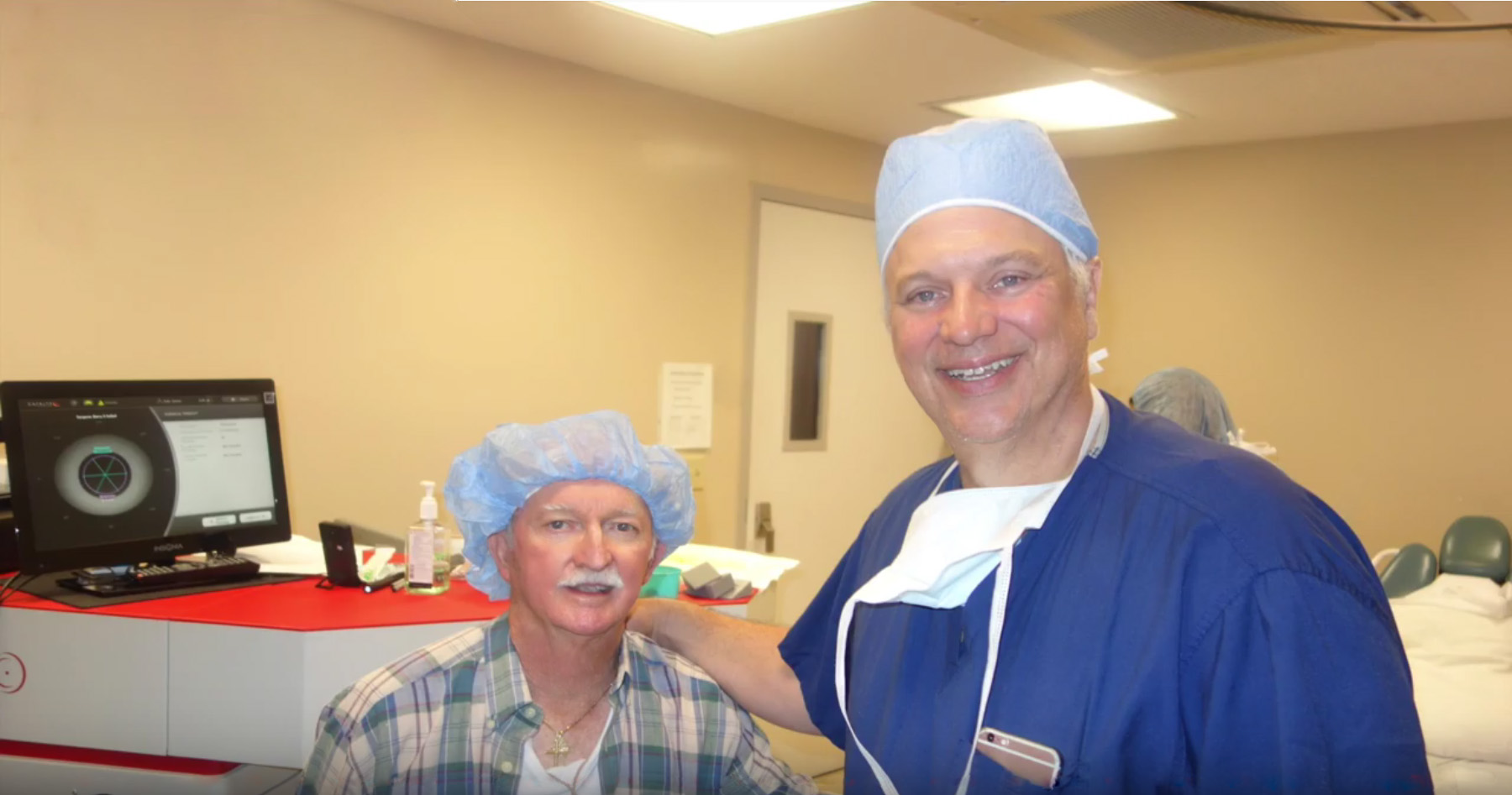How soon will I notice results after corneal cross-linking?
While some patients may notice improvements in corneal shape and vision within a few weeks, most experience gradual changes over several months. The primary goal is to stop progression, with visual enhancements often being a secondary benefit over time.
Can both eyes be treated at the same time?
Typically, only one eye is treated at a time to allow for proper healing and to monitor results. If both eyes require treatment, the second eye is usually treated a few weeks after the first.
Is corneal cross-linking a permanent solution?
For most patients, corneal cross-linking effectively halts the progression of keratoconus long-term. While it may not eliminate the need for glasses or contacts, it can help preserve existing vision and reduce the likelihood of more invasive procedures, such as a corneal transplant.
Are there any risks or side effects?
As with any medical procedure, there are some risks, including infection, delayed healing, or haze on the cornea. However, these are rare and minimized when the procedure is performed by an experienced specialist like Dr. Faktorovich using FDA-approved technology.
Will I still need glasses or contacts after the procedure?
Possibly. While corneal cross-linking stabilizes the cornea, it does not fully correct vision. Many patients still wear glasses or contact lenses after the procedure but often notice improved comfort and fit, especially with specialty lenses.

